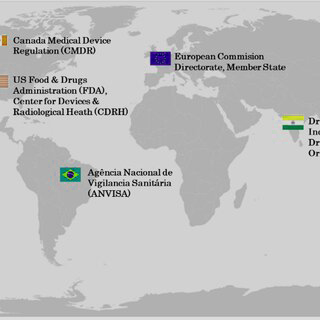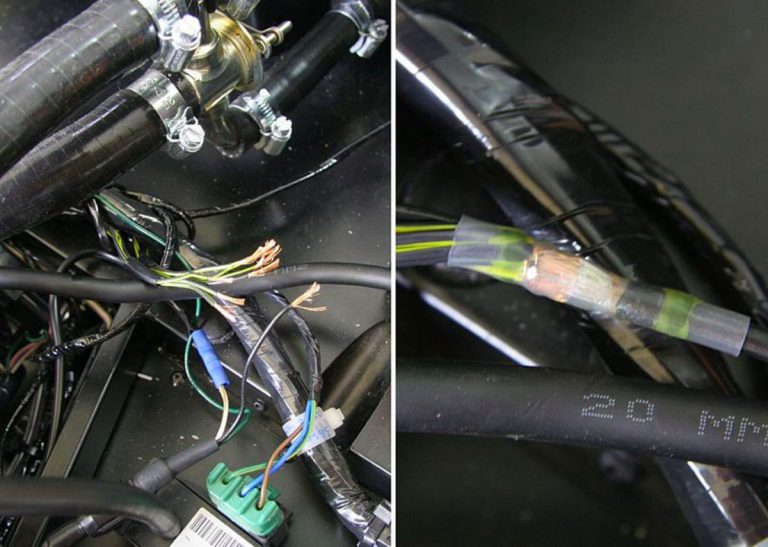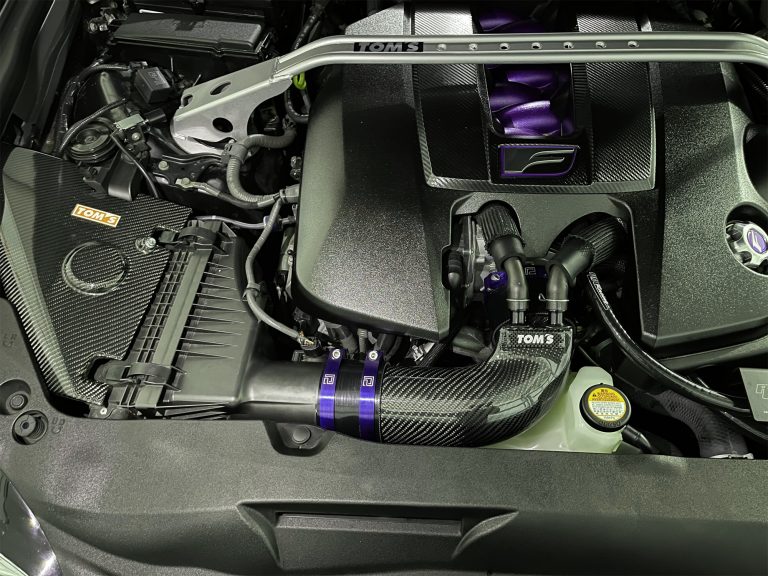6.7 Powerstroke Camshaft Position Sensor Problems; By Sensor Guides
The Ford 6.7 Powerstroke engine is a powerful and dependable diesel engine that powers a wide range of commercial and passenger vehicles. Even the best engines can have problems, and one of the most common issues encountered by 6.7 Powerstroke owners is with the camshaft position sensor. The camshaft position sensor is in charge of monitoring the position of the camshaft, and any issues with it can have a significant impact on engine performance.
In this article, we’ll go over the most common issues with the camshaft position sensor on the Ford 6.7 Powerstroke engine, as well as what you can do to troubleshoot and fix them.
Table of Contents
What is the Importance of the camshaft position sensor?
The camshaft position sensor is critical to the engine’s proper operation. It is critical in determining the position of the camshaft, which controls the engine’s valve opening and closing. The camshaft position sensor sends the data to the engine control module, which uses it to determine the proper timing for fuel injection and ignition.
6.7 Powerstroke Camshaft Position Sensor Problems explained
The camshaft position sensor is an important component of the Ford 6.7 Powerstroke engine, as it determines engine performance. Any issues with the camshaft position sensor can cause a variety of problems, reducing the engine’s efficiency and reliability. In this section, we’ll go over the various issues that can result from a faulty camshaft position sensor on the Ford 6.7 Powerstroke engine.
Engine misfires
Engine misfires can occur when a faulty camshaft position sensor sends incorrect timing information to the engine control module, resulting in engine misfires. This can lead to decreased engine performance, lower fuel efficiency, and higher emissions.
Engine Stalling
If the camshaft position sensor is not functioning properly, the engine may stall unexpectedly. This is especially dangerous while driving, and it can also cause engine damage if the stall occurs while the engine is under load.
Engine Not Running Properly:
If the camshaft position sensor is not working properly, the engine will not run properly. This can result in decreased power and acceleration, reduced fuel efficiency, and increased emissions.
Check Engine Light Illumination:
The Check Engine light can illuminate due to a faulty camshaft position sensor. This can indicate a variety of problems, including camshaft position sensor issues.
What are the Causes of camshaft position sensor problems?
Wiring Issues:
A series of wires connect the camshaft position sensor to the engine control module. If these wires become damaged, corroded, or otherwise compromised, communication between the sensor and the control module is lost, resulting in sensor problems.
Dirt or Debris Buildup:
Dirt, dust, and other debris can accumulate on the camshaft position sensor over time, interfering with its ability to accurately measure camshaft position. This can cause the incorrect information to be sent to the engine control module, resulting in poor engine performance.
Sensor Failure:
The camshaft position sensor can fail for a number of reasons, including component failure, aging, or exposure to high temperatures. A faulty sensor can cause the incorrect information to be sent to the engine control module, resulting in engine performance issues.
Engine Wear and Tear
The camshaft position sensor, like any other component in the engine, is subject to wear and tear. The sensor can become damaged or wear out over time, causing issues with its accuracy and reliability. Engine wear and tear can also cause the camshaft to become damaged or worn, impairing the sensor’s ability to accurately measure the camshaft’s position.
How to diagnose the problems?
Examining the Wiring and Connectors:
Examining the wiring and connectors is the first step in diagnosing a problem with the camshaft position sensor.
This includes visually inspecting the wires for visible signs of damage, corrosion, or other problems, as well as ensuring that the connectors are securely attached. If issues are discovered, the wiring and connectors should be repaired or replaced as necessary.
Using a Multimeter to Test the Sensor:
A multimeter can be used to test the camshaft position sensor to see if it is working properly. This entails measuring the sensor’s electrical resistance and comparing it to the manufacturer’s specifications.
If the resistance of the sensor is outside of the specified range, it may indicate that the sensor is not working properly.
Verifying Engine Codes:
In the event of a problem with the camshaft position sensor, the engine control module may store a diagnostic trouble code (DTC).
This code can be read by a scan tool, which can aid in the diagnosis of the problem and point to the root cause.
Sensor Visual Inspection:
A visual examination of the camshaft position sensor can reveal any obvious signs of damage, wear, or other issues that may be affecting its accuracy.
Cracks in the sensor body, debris or dirt buildup, and any other visible signs of damage or wear are examples of this. Check the sensor for proper alignment with the camshaft as well as any signs of looseness or play.
What are the Repair Options Available?
Replacing the Camshaft Position Sensor:
If it is determined that the camshaft position sensor is the source of the problem, it may need to be replaced.
This entails removing the old sensor and replacing it, which is typically performed by a trained mechanic or technician.
Cleaning or Repairing the Wiring:
If it is determined that the problem is with the wiring or connectors, these components may need to be cleaned or repaired.
Repairing any damaged wires, replacing corroded connectors, or simply cleaning any debris or dirt buildup that may be affecting the sensor’s performance are all possibilities.
Verifying Engine Codes:
If the camshaft position sensor fails, the engine control module may store a diagnostic trouble code (DTC).
This code can be read by a scan tool, which can aid in the diagnosis of the problem and point to the root cause.
Sensor Visual Inspection:
A visual examination of the camshaft position sensor can reveal any obvious signs of damage, wear, or other issues that may be affecting its accuracy.
Cracks in the sensor body, debris or dirt buildup, and any other visible signs of damage or wear are examples of this.
Check the sensor for proper alignment with the camshaft as well as any signs of looseness or play.
Conclusion
The camshaft position sensor is critical to the 6.7 Powerstroke engine’s performance and reliability. Problems with this sensor can lead to poor engine performance, decreased fuel efficiency, and, in extreme cases, engine failure.
However, by understanding the causes of camshaft position sensor problems and taking the necessary steps to diagnose and repair them, it is possible to ensure that the engine continues to perform optimally.
Taking the right steps to resolve camshaft position sensor problems, whether by cleaning or repairing the wiring, replacing the sensor, or replacing related components, can help ensure that the 6.7 Powerstroke engine continues to provide reliable and efficient performance for years to come.





